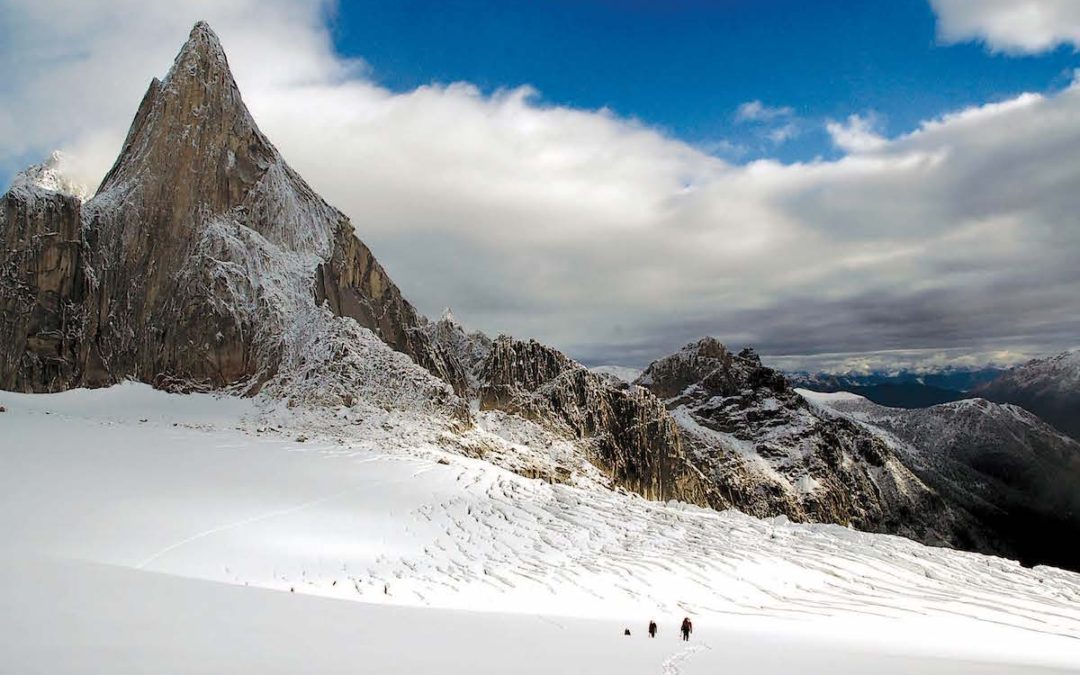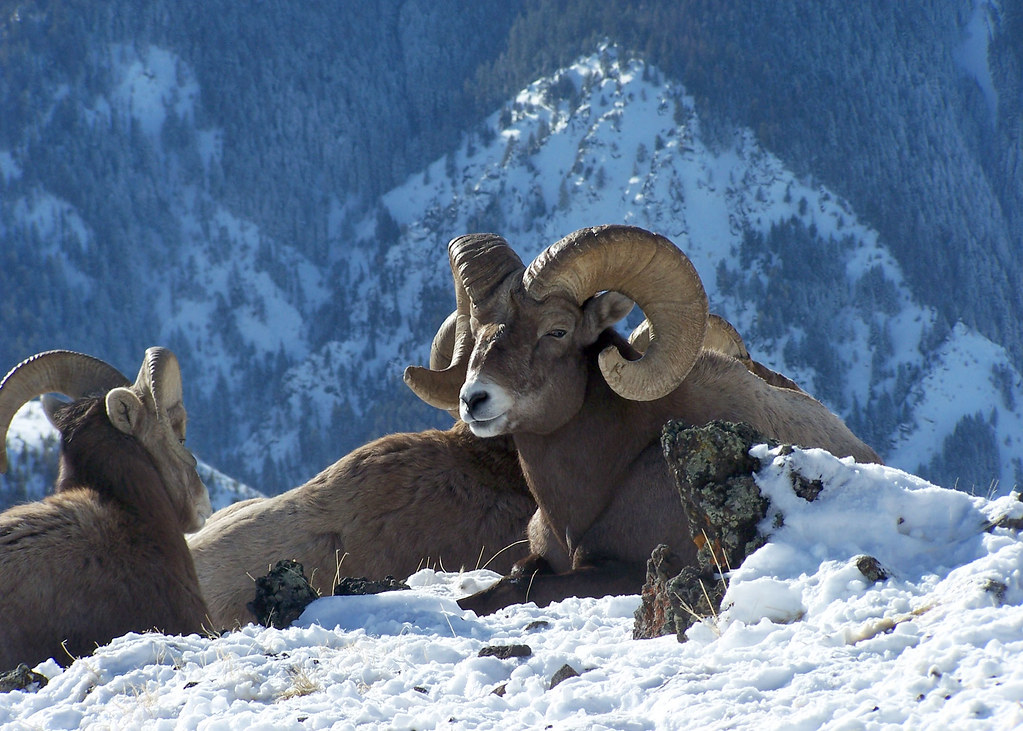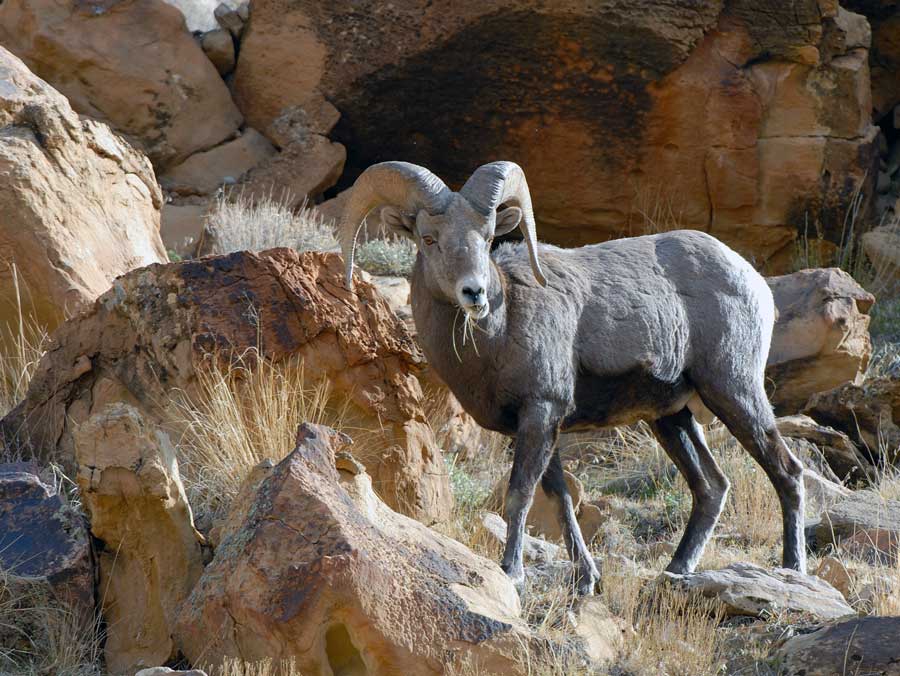In the relatively short span of eight hours, I had traveled from almost sea level to about 9,000 feet.
That evening in camp, I had a headache that would not quit and I passed on what would have been a delicious dinner of fire-grilled steaks. I felt short of breath most of the evening and sleep would not come. Fortunately, the symptoms faded over the next couple of days, but I will always remember my first exposure to altitude sickness.
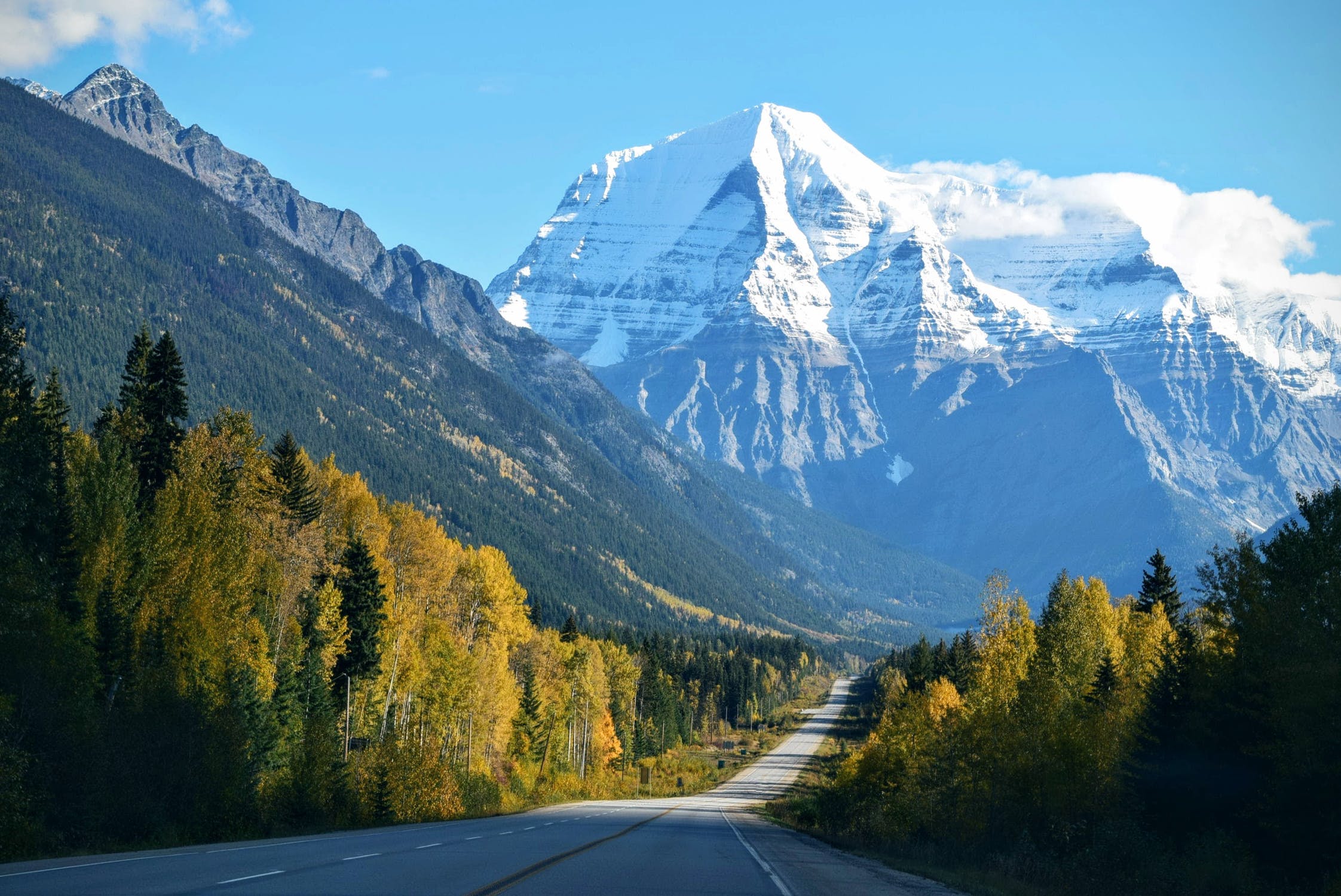
It’s estimated that 25 percent of people who live at lower elevations will have at least mild symptoms of AMS at altitudes above 8,000 feet. That number increases to nearly 75 percent at altitudes beyond 10,000 feet.
More and more hunters are venturing into high-altitude environments, which were once the sole domain of alpine trekkers and mountaineers. What’s more, with the time demands often faced by modern hunters, it’s common to fly to a hunting destination and rapidly ascend to a high camp in order to maximize the number of days of hunting. Both of these factors may place you at risk for developing altitude sickness.
Most of us would acknowledge that chasing Marco Polo sheep in places like the Pamir Range of Pakistan, which may occur well above 14,000 feet, is a high-altitude hunt. However, it’s important to note that the risks and dangers associated with high-altitude hunting actually begin at much lower elevations.
Most hunts for the world’s wild sheep and goats and even some deer and elk hunting can place you at elevations where altitude sickness can occur. High-altitude hunting is generally considered to be anything over 8,000 feet above sea level. Although bad things can happen at elevations below this, the physiologic effects of altitude due to hypoxia become much more pronounced at and above this elevation.
Hypoxia and Altitude Sickness
Hypoxia refers to a reduced availability of oxygen to the tissues of the body. This may occur due to various disease conditions or it may occur due to the reduced partial pressure of oxygen found at higher altitudes. At sea level, normal air contains about 21 percent available oxygen. At 8,000 feet, that same air contains only 15.4 percent available oxygen, or one-quarter less oxygen. At 14,000 feet, the elevation of Pikes Peak in Colorado, the available oxygen is only 12.35 percent and contains only a little over half as much available oxygen as air at sea level.
Any hunter who is exposed to hypoxic conditions found at high altitude may go on to develop altitude sickness, also known as acute mountain sickness (AMS). Altitude sickness describes a spectrum of physiologic responses to hypoxia, which range from the relatively mild AMS to the more serious and life-threatening high altitude pulmonary edema (HAPE) or high-altitude cerebral edema (HACE).
Acute Mountain Sickness
Acute Mountain Sickness is the most common of the altitude diseases. It’s estimated that 25 percent of people who live at lower elevations will have at least mild symptoms of AMS at altitudes above 8,000 feet. That number increases to nearly 75 percent at altitudes beyond 10,000 feet. Typical symptoms include headache, dizziness, loss of appetite, nausea, fatigue, insomnia, shortness of breath (on exertion), increased heart and respiration rate and malaise.
The number of symptoms, as well as their rapidity of onset, severity and duration, varies considerably among individuals and these symptoms are usually more pronounced at night.
Who gets AMS? Anyone who travels to altitudes above 8,000 feet is at risk. Normally, it does not become apparent until you have been at high altitude for at least six to 12 hours.
Interestingly, it’s difficult to predict who will be affected by AMS and to what extent. An individual’s level of physical fitness is not a reliable indicator for who will develop it and even hunters who were previously fine at altitudes above 8,000 feet may develop AMS on a subsequent trip. We do know that the incidence and severity of AMS increases with the rate of ascent, maximum altitude reached and individual susceptibility.

More recent evidence also suggests that smoking is also a risk factor for developing AMS.
Fortunately, the symptoms of mild AMS generally begin to subside after about the third day as the body begins to acclimatize. Even though the symptoms of mild AMS are not considered life threatening, it is important to know that it increases your risk for developing the more advanced and deadly forms of AMS, notably High Altitude Pulmonary Edema and High Altitude Cerebral Edema.
Prevention and Treatment of Altitude Sickness
It is always better to prevent acute mountain sickness than to treat it. Giving your body time to adjust to changes in altitude is the single-most important step you can take. The body has a remarkable ability to adapt to altitude, but it typically takes several days to fully adjust to the challenges of hunting at high altitude.
At altitude, the body undergoes a number of physiologic changes as it attempts to adjust to the lower oxygen availability in a process known as acclimatization. Initially, the depth and frequency of breathing increases and both heart rate and blood pressure increase. After several days, the concentration of red blood cells and therefore, the amount of hemoglobin available, also increases. The levels of hemoglobin, the molecule in your blood responsible for picking up and transporting oxygen throughout the body, is a key determinate in your ability to function at high altitudes.
If you plan on hunting above 8,000 feet, be sure to add time in your travel schedule to acclimatize for several days, especially if you are coming from sea level. If possible, always plan on sleeping at altitudes lower than those you are hunting at as this will aid in acclimatization. Gain altitude slowly over a period of days so your body has time to adjust. If you develop symptoms of mild or moderate AMS, and especially if the symptoms worsen, the best action is to descend to a lower elevation for several days to acclimatize. It is never advisable to go to higher elevations if you have any symptoms of AMS. Trying to push yourself past these symptoms will only exacerbate the problem and potentially lead to more severe consequences.
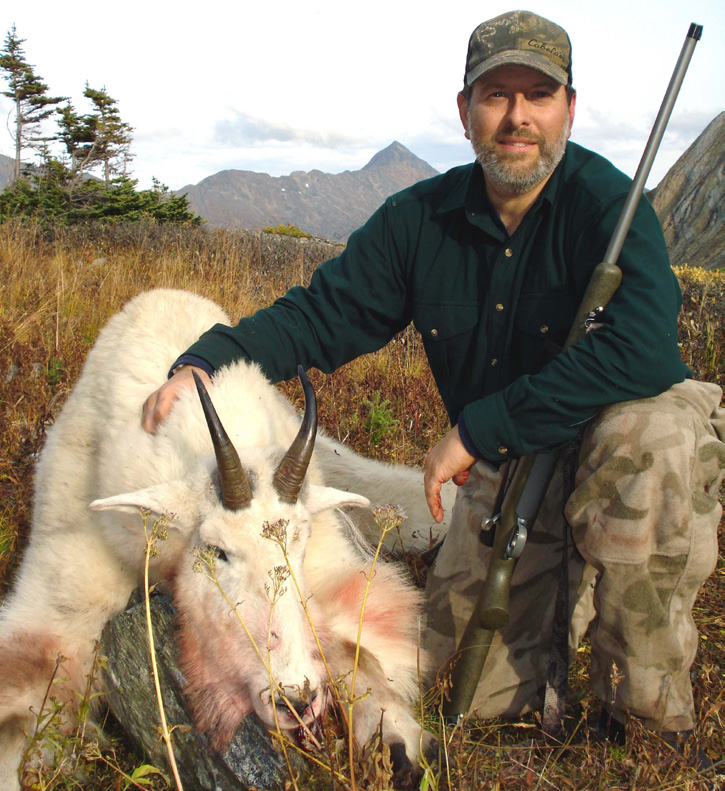
The author took this mountain goat in 2008, about 250 air miles northeast of Smithers, British Columbia.
Mild analgesics like acetaminophen, aspirin or ibuprofen may help to relieve a headache, but it is important to remember that this only addresses the symptom, not the underlying cause. Treatment for more advanced cases of AMS exist, but they are beyond the scope of this article.
If you have pre-existing heart, lung or vascular disease or anemia, be sure to check with your doctor before going on a high-altitude hunt as these conditions can significantly affect your ability to function at higher elevations and may pose additional health risks to you.
Knowing the signs and symptoms of AMS and losing altitude if symptoms persist can lessen its severity and help prevent the onset of more dangerous conditions like HACE and HAPE.
The information presented within this article is not intended to take the place of qualified medical advice or treatment. AMS can lead to serious and potentially life-threatening medical conditions. You are urged to take appropriate precautions and seek qualified medical care in the event that you develop symptoms that persist, worsen or are not alleviated by going to a lower elevation.
 An extraordinary collection of fifteen stories that celebrate America’s unquenchable thirst for excitement. Created for adventure addicts there has never been a more exciting collection of stories that celebrate the indomitable spirit of the American character. Shop Now
An extraordinary collection of fifteen stories that celebrate America’s unquenchable thirst for excitement. Created for adventure addicts there has never been a more exciting collection of stories that celebrate the indomitable spirit of the American character. Shop Now
